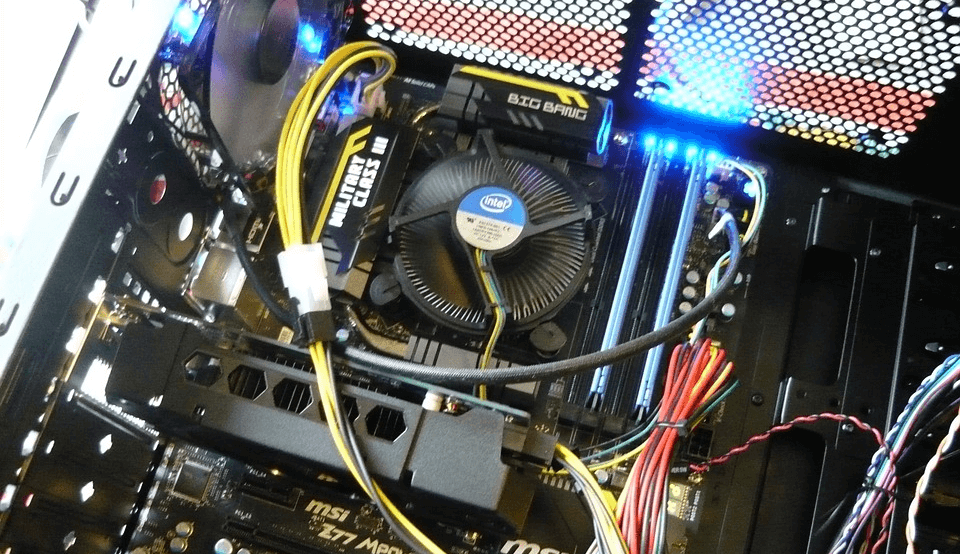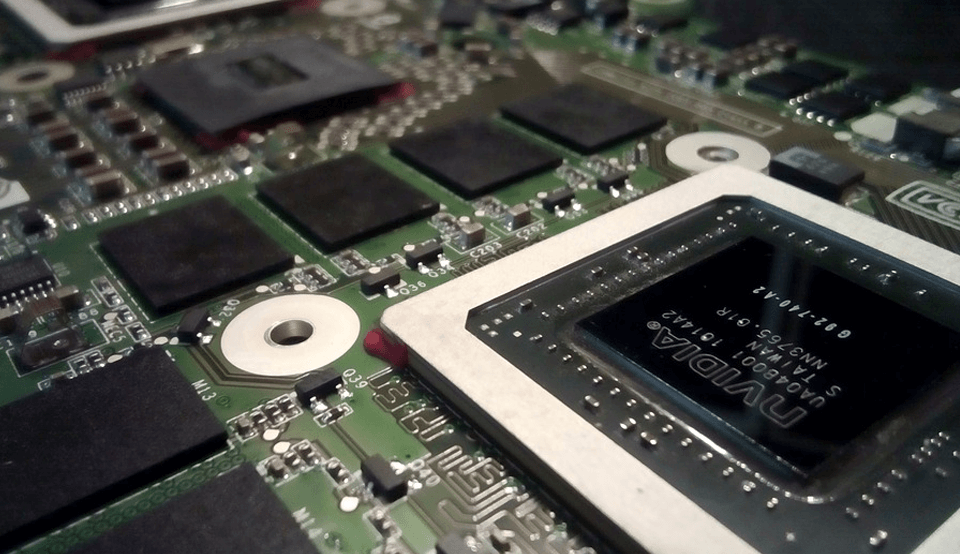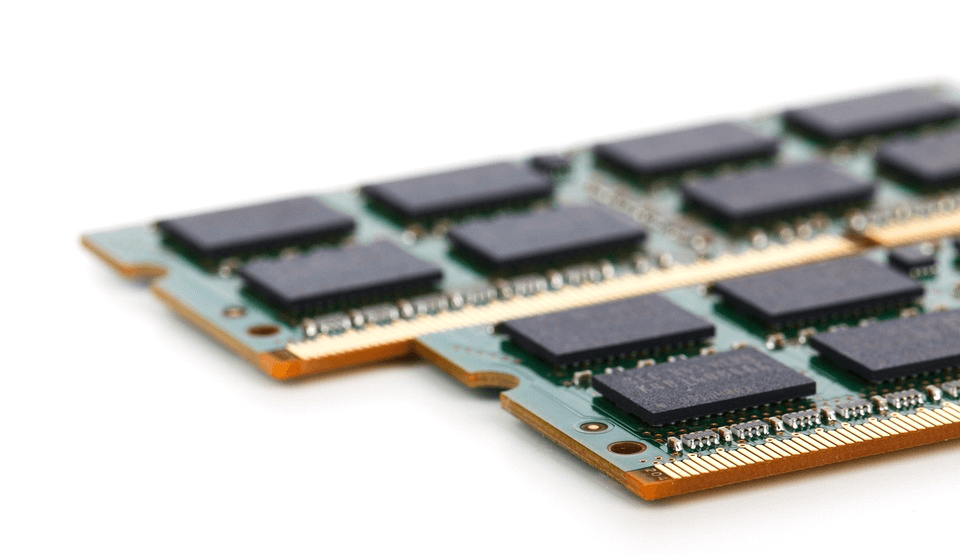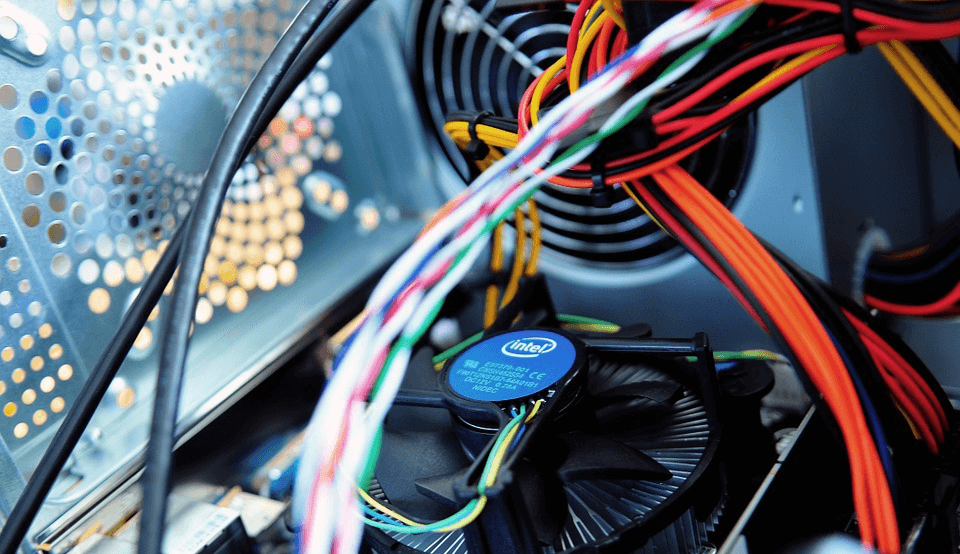Whether you are looking for staff or freelance editing jobs, or you’re simply looking to edit your own videos and post them on YouTube, one thing’s for sure — you will need a good computer that can handle the workload and help you finish editing in a timely fashion. However, instead of buying pre-built computers, you should rather focus on individual PC components as they will determine the speed at which you render and encode your videos.
You will have a significantly easier time buying a good Mac for video editing. Simply put, the newer the better. However, if you are a Windows user, here are some of the components that you should focus on when building a PC for video editing.
CPU

Undoubtedly, the most valuable component for rendering your videos fast is your CPU. It is also the one that you should invest in the most. Since a lot of the modern-day video editing software utilizes hyperthreading and multiple cores of a PC, Intel has been a go-to brand for anyone who wanted to solely focus on video editing due to their multicore processors. Even now, their i9-9980XE stands for the best video editing processor.
However, if you’ve caught the latest announcements by AMD, you should know that their 3000 Ryzen series is quickly catching up with Intel. Moreover, their processors are a lot cheaper, which may be a lot more appealing for many users out there. Whichever way you go, focus on the number of cores and number of threads for the best video editing experience.
GPU

It may sound a bit odd, but graphics cards aren’t as important for video editing as CPUs, and even something as GTX 1050Ti can do the work. Naturally, it is not as good as RTX 2080Ti, but is a lot less expensive. However, if you’re using DaVinci Resolve which focuses on utilizing your GPU to the fullest, you should aim and get some of the newer graphics cards on the market.
RAM

When it comes to RAM, the RAM speed doesn’t matter all that much for video editing. However, what does matter is the size. In some cases, even 16 GB of RAM might be enough for video editing. However, for larger and more demanding projects, it is often recommended to have 32 or even 64 GB of RAM. Some video editors even prefer to go as far as getting 128 GB just to be on the safe side.
Other Components

Last but not least, you should get storage drives that have enough storage space and good writing speeds. While SSDs are a more expensive option, they are also significantly better than HDD units, and anything from Samsung’s EVO series will do the trick. Also, for premium video editing experience, make sure to get a 4K monitor.
While the rest of the components won’t affect your speed, make sure to have a PSU that can power your components and a motherboard that supports the number of RAM modules that you plan on having, as well as the chipset appropriate for your CPU.
Conclusion
One thing to note is that, in the world of Windows PCs, balance is everything — having an extremely overpowered graphics card and an outdated CPU won’t do you any good. Therefore, always aim to get a well-built machine that can help you shave off precious time when editing videos.

